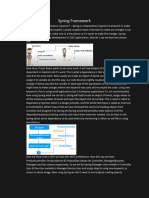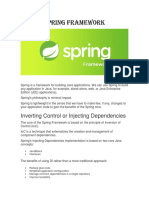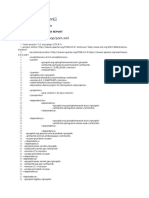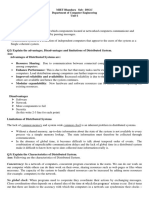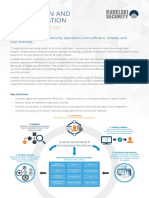0% found this document useful (0 votes)
16 views20 pagesWeek 3
The document outlines the steps to configure a basic Spring application for a library management system, including setting up a Maven project, defining service and repository classes, and implementing dependency injection. It provides detailed XML configurations, Java class implementations, and instructions for running the application. Additionally, it covers creating a Spring Data JPA project with database configurations and entity management for a country table.
Uploaded by
dhanushpa67Copyright
© © All Rights Reserved
We take content rights seriously. If you suspect this is your content, claim it here.
Available Formats
Download as DOCX, PDF, TXT or read online on Scribd
0% found this document useful (0 votes)
16 views20 pagesWeek 3
The document outlines the steps to configure a basic Spring application for a library management system, including setting up a Maven project, defining service and repository classes, and implementing dependency injection. It provides detailed XML configurations, Java class implementations, and instructions for running the application. Additionally, it covers creating a Spring Data JPA project with database configurations and entity management for a country table.
Uploaded by
dhanushpa67Copyright
© © All Rights Reserved
We take content rights seriously. If you suspect this is your content, claim it here.
Available Formats
Download as DOCX, PDF, TXT or read online on Scribd
/ 20






























